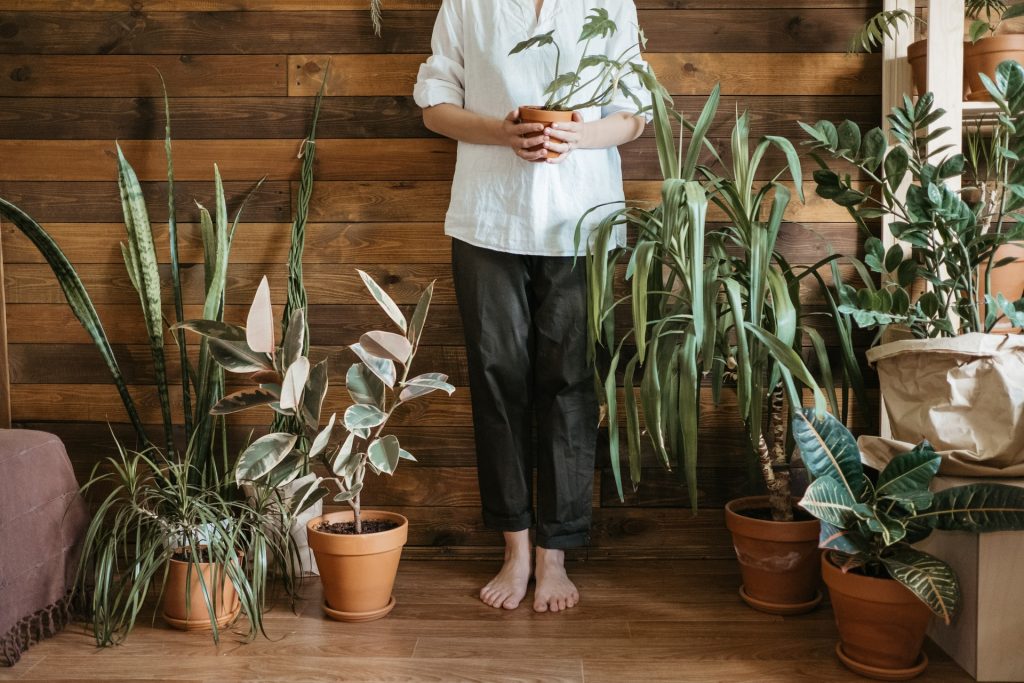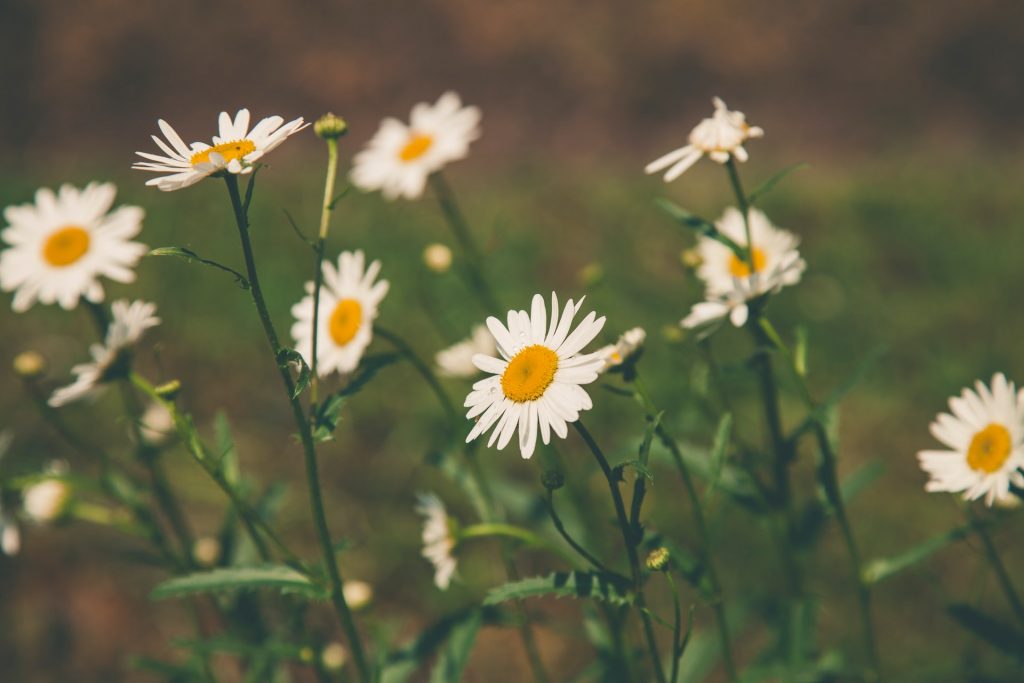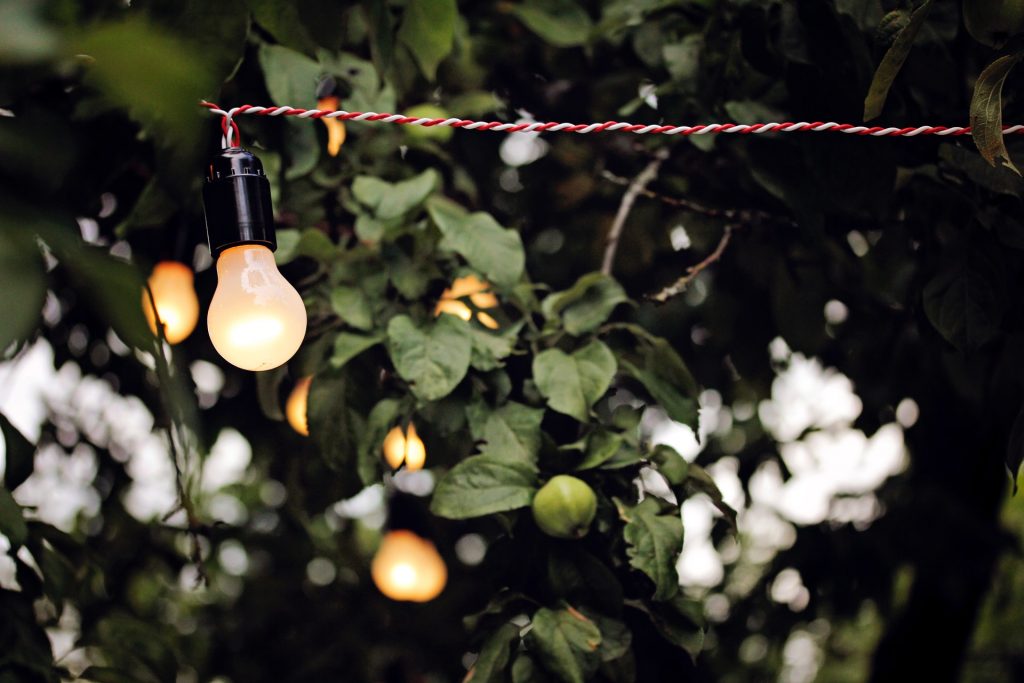The garden of a rental house is rarely something to write home about. Landlords don’t really want to invest a lot of money and effort into gardens they won’t enjoy themselves. In addition, most landlords realize that renters may have different tastes when it comes to gardens, so creating a dream garden that will entice some renters but put off others is not a great idea.
Similarly, renters don’t want to put too much money into a garden that is not truly theirs and will be left behind if they ever move. That’s why a basic garden that requires little maintenance tends to be the norm for rental houses.
But renting a home doesn’t mean you can’t build your own little outdoor haven. With a little creativity and gardening know-how, you can create a garden that won’t cost the earth.
Here are five tips for a low-cost garden if you are renting a house:
Use Pots and Planters

Using pots and planters is a great way to create a garden at a rental property. When it comes time to move on, you can take all of your pots with you and you’ll have an instant garden at your new home. The fact that you take your plants with you will also make your landlords happy. When you move out, they will be thinking about renting or selling their rental property to new people, so a clean, basic garden is something they will appreciate.
Bulbs, plants, succulents, palms, herbs, vegetables and even trees can be grown in pots. And planters don’t need to be expensive.
A local reclamation yard is the perfect place to find inexpensive planters. Old metal dustbins, ceramic sinks and wooden pallets all make interesting alternatives to the standard plant pot.
Even the plastic bottles you have lying around at home can be used as DIY plant pots. A little creative thinking can work wonders.
Use Seeds and Take Cuttings
Buying plants can be expensive. But if you’re patient and prepared to grow your own, it works out much cheaper.
Buy packets of annual seed. Scatter them at the right time of year and you’ll be amazed at how fast they can grow into wonderful flowers and plants.
Slightly more complicated but very rewarding is the process of taking cuttings and growing a new plant from one you (or someone you know) already owns.
The process differs from plant to plant. So do a little research and find out the best time of year and the best method for getting a healthy new plant.
And don’t get too upset if it doesn’t work out first time round. Any good gardener will tell you that you improve your gardening skills more when you fail rather than when you succeed.
Choose Plants Wisely
When buying plants you should always think of the conditions. Is your garden shady or sunny? Does the soil drain well or does it tend to be very wet?
Putting a plant in the wrong conditions means it won’t thrive. Which means money down the drain.
When you’re creating a low cost garden, you should also try to choose plant varieties that don’t cost much and /or that tend to spread quickly. Pampas grass and Shasta daisies are a couple of good examples.
Embrace Wildflowers

There’s a current trend for wildflower gardening. Instead of perfectly tended lawns and borders, people are choosing to let their gardens go wild.
For some people, it’s an aesthetically pleasing choice. And for others, it’s all about encouraging and protecting local wildlife by creating a new little habitat.
If you do like the look of wildflowers, it’s certainly a low cost way to build a garden. Once you’ve sown wildflower seeds and grown your garden, the plants will self-seed from there on in.
You may need to weed out any particularly aggressive plants to make space for other varieties and mow from time to time but the beauty of this kind of garden is its low maintenance too.
Buy Accessories (Just Make Sure you Can Take Them With You)

A comfortable outdoor table and chairs. A string of lights. A parasol for sunny days. Garden accessories can really make your garden space feel more comfortable and complete.
When buying garden furniture or accessories consider how you’ll move them to a new home. Solar powered lights don’t have to be wired into the mains, for instance. And collapsible tables and chairs won’t take up much space in a removals van.
As long as you can take your garden purchases with you when it comes time to move on, it’s a cost-effective investment that can make a real difference to your garden.
So, choose plants wisely, grow from seeds and cuttings and make your garden as portable as possible. By following these tips you can still create a beautiful, low-cost garden, even if you’re living in a rental house.
About Sienna:
Sienna Walker is an ex-tutor and an avid blogger, often writing about things connected to education and work-life balance. Whenever not working, Sienna enjoys spending time with her family in their backyard, either relaxing or gardening. Feel free to say visit @SiennaWalkerS and say ‘hello’.
